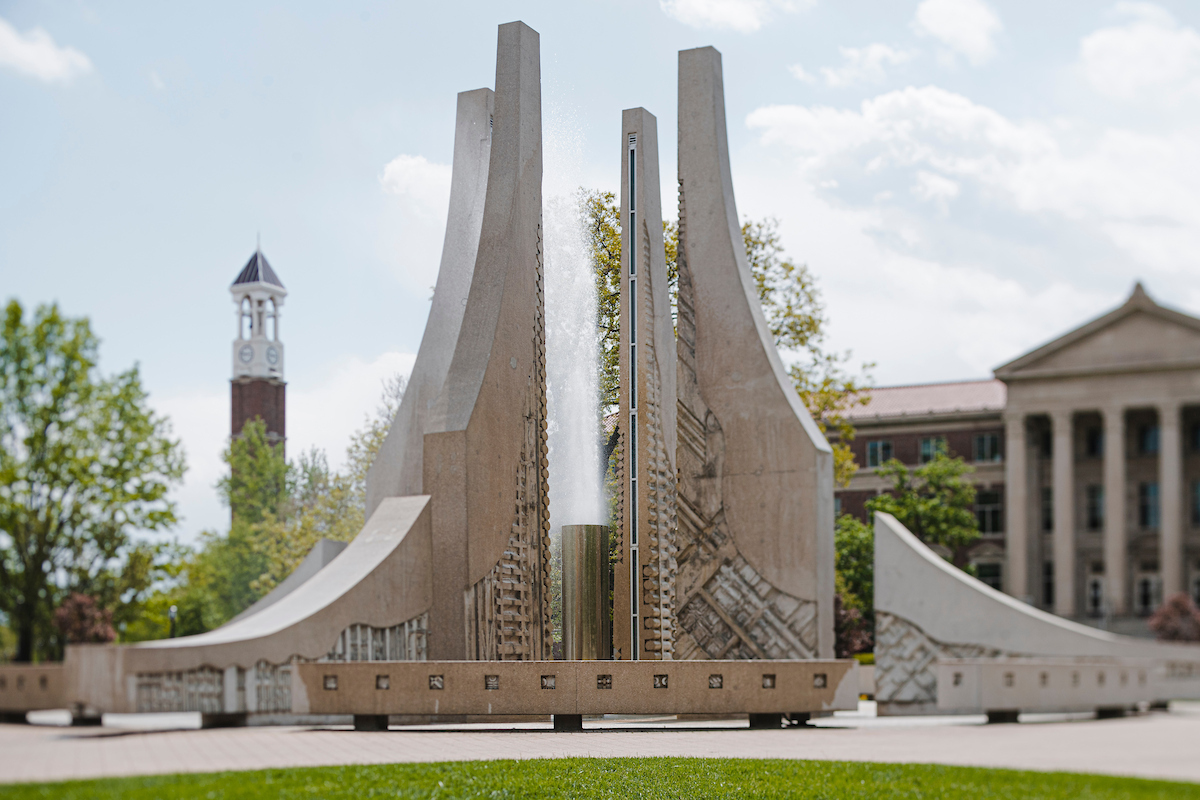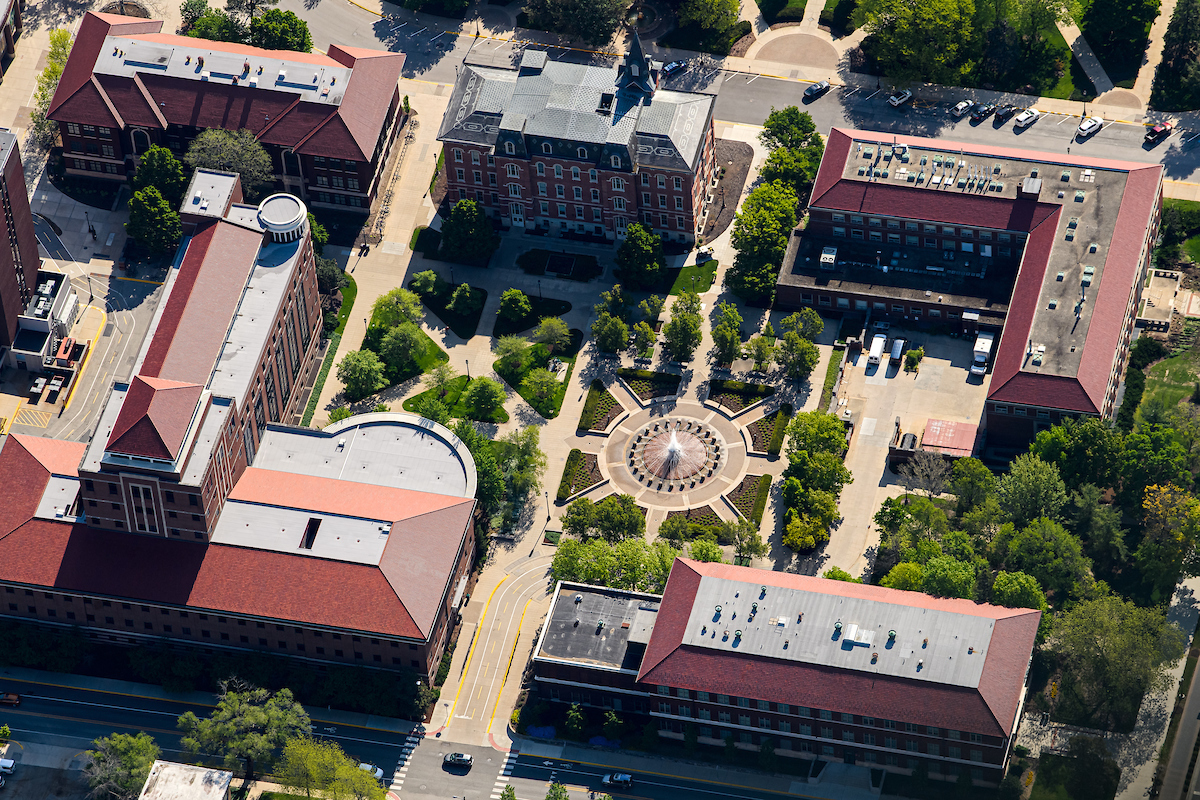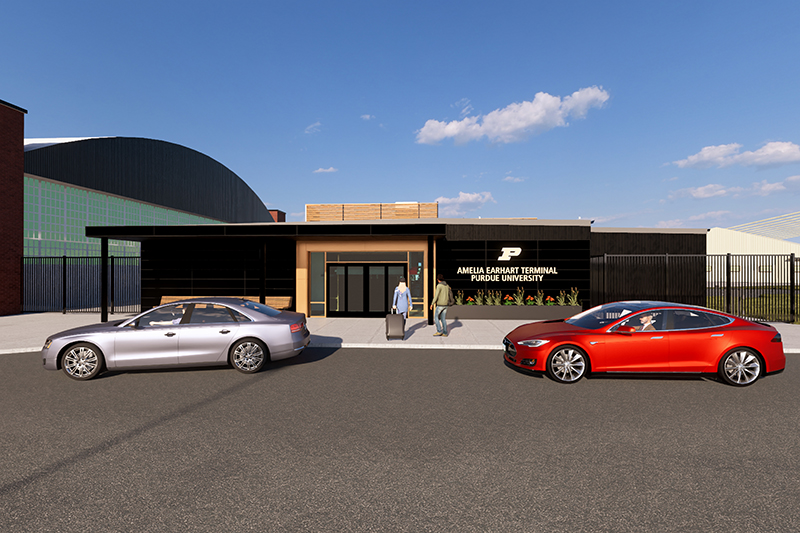Welcome to
Administrative Operations
We are committed to safely and reliably serving our campus customers while supporting both the university’s day-to-day operations and the strategic vision for the future.

Our work on campus

Operations & Maintenance
Class of 1939 Water Sculpture
Our Operations and Maintenance department is responsible for maintaining the iconic fountains on the West Lafayette campus.

Grounds
Landscaping
Campus flowers are propagated and grown in the department’s greenhouses. Flowers are then planted and maintained in flower beds, pots and hanging baskets around campus.
SEE Our Impact
Purdue University chosen by Office of Energy Development for small modular nuclear reactor study
Study analyzed the potential impacts for small modular reactor deployment in Indiana.















 Purdue is officially a Bee Campus USA affilia
Purdue is officially a Bee Campus USA affilia
 Need a space for your next meeting or event i
Need a space for your next meeting or event i
 Flying soon? Make sure you’re REAL ID rea
Flying soon? Make sure you’re REAL ID rea
 Traffic & Parking Update: Sheetz Street & Dau
Traffic & Parking Update: Sheetz Street & Dau

